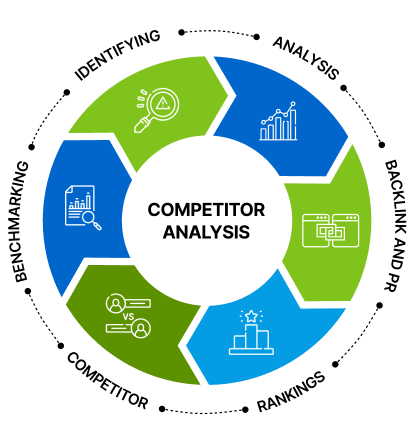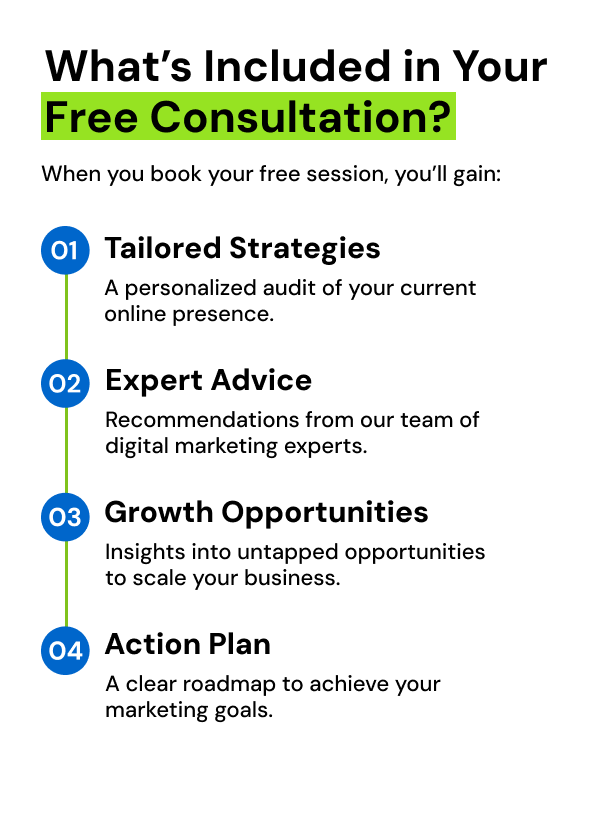The Generative AI App Renaissance From Code to Content
Think about the late 2000s and early 2010s! With the smartphones being introduced, they triggered the first “app boom”. It came as the gold rush that has fundamentally changed how we live, work, and play. The feeling it implored was that of “once-in-a-generation shift”. But now, gear up – the second phase of the app boom is already underway. This time, a new hardware piece is not the catalyst – relatively, a revolutionary new form of intelligence called Generative AI.

The core of this new boom is not solely about adding a “smart” feature to the existing app. Rather, it is all about reimagining completely what an app can be! Generative AI has proven to be helpful! It is making the process faster, cheaper, and easier for building incredibly sophisticated, hyper-personalized software. By eliminating old hindrances and creating entirely new markets, GenAI is driving a renaissance in app development. But it is in its early stages.
Key Takeaways
- Generative AI plays the role of a strategic co-pilot
Using Generative AI tools throughout the software lifecycle, app developers can automate routine tasks such as coding, debugging and documentation.

• Proven keywords and content strategies to improve search rankings
• Drive consistent growth, generating qualified organic traffic.
• Optimize digital presence to strengthen brand credibility.
Book a Call- App developers upgrade into strategic innovators
With the convergence of Gen AI and low-code platforms, developers can take up strategic roles. They closely align digital solutions with the business objectives. - Low-code platforms raise speed and collaboration
Developers will now use Gen-AI-enhanced low-code/no-code frameworks to prototype and experiment quickly. - Transition to strategy from execution
Developers can participate in shaping products and services by automating repetitive tasks. They can now forgo more substantial alignment between tech implementation and business goals.
What is adding to the strength of this new app revolution?
The first app boom was built on the foundation of the iPhone and the App Store. Because of this, the world got its hardware and distribution channels. But the second app boom’s building and development is based on Large Language Models (LLMs) and other generative models. Admittedly, these search engines can understand and generate human-like texts, codes, images and audio.
In the first wave, existing services like maps, banking, and social media were integrated into users’ pockets. On the other hand, the second wave revolved around creating a complete set of new capabilities. We can consider it as the difference between a tool and a collaborator.
While an old map shows the way, a GenAI-powered travel app plans the entire vacation by following a simple conversation. This fundamental shift is the new essential for creating this immense opportunity.
Putting the barrier down: From a simple idea to the app in record time
Democratized development is among the most significant impacts of GenAI. Earlier, to build a complex app, certain necessities were compulsory. Only a large team of specialized developers, designers and a good deal of funding could complete it. But today, GenAI has begun leveling the playing field.
Proof of this is AI-powered tools such as GitHub Copilot are built with fruitful traits. These are capable of writing code, suggesting bug fixes, and even translating code from one language to another. Definitely worth being counted as a massive productivity boost!
Key insights:
As per a 2023 GitHub study, developers are 55% faster to complete tasks when they use GitHub Copilot. Hence, it means a solo entrepreneur or a small team can build and launch products, although they will always need to invest in a certain amount of venture capital.
Due to this speed, rapid prototyping and iteration have become possible. Nevertheless, app development is just half the battle. For the app to succeed in the crowded market, users will have to discover it in the Apple App Store and Google Play Store. Visibility is paramount in this new digital ecosystem; hence, the assistance from a specialized generative engine optimization agency is a proven game-changer. The GenAI experts ensure someone discover these innovative apps correctly through AI-driven search and discovery platforms.

Hyper-Personalization – An app built just for the users
Generic experiences are now stories to be left behind! Today’s users expect apps to understand and adapt to their personal needs. GenAI can accomplish tasks on a scale not seen before. Other than one-size-fits-all interfaces, apps will now create a dynamic, one-of-a-kind experience for every single user.
A few instances to imagine:
- A language-learning environment. Here, an AI tutor conducts honest conversations with users, adapting its difficulty and topics to the users’ progress.
- A wellness app with an AI coach. It has the capability to craft daily routines based on sleep data, stress levels and verbal feedback.
- A shopping app features an AI assistant. It displays desired products to users and helps find the best match for a specific circumstance.
- Key Data – As per McKinsey, 71% of consumers expect companies to deliver them personalized interactions. The key to meeting this demand is GenAI.
As apps become more conversational and personalized, traditional marketing funnels are breaking down. Making these unique, AI-driven features discoverable calls for a new approach to SEO. This leads forward-thinking startups to seek out generative engine optimization services to ensure their personalized content effectively connects with the right users.
Let us talk about your project goals
- Designing brand strategy
- Brand identity development
- Market research & competitor analysis

The introduction to an entirely new app category
Rather, this app boom presents a most striving aspect. GenAI not only improves existing app categories but also creates new ones from scratch. Just a few years ago, the scene was all different! It limited the idea of a mainstream AI art generator or a personal AI companion to science fiction. But today, apps like Midjourney, Jasper, and Character.ai have become household names with millions of users.
Key data:
The rapid growth of these platforms proves the market demand. ChatGPT has reached 100 million monthly active users within two months of being launched. It is a record-breaking pace, demonstrating the massive appetite of the public for AI-powered tools.
These apps are the representations of a new frontier. We cannot simply call them tools, for they are our creative partners, assistants, and companions. In today’s increasingly competitive market, standing out is crucial. Hence, partnering with the right generative engine optimization company is more than a marketing decision. Doing it makes up a core business strategy for capturing and retaining users in this fast-evolving landscape.
Conclusion
The birth of a new era of software! The second app boom is setting in. Hence, it is far more than just being a tech trend! Consider it the fundamental shift driven by the creative and intellectual horsepower of Generative AI. GenAI is bringing out a wave of innovation meant for redefining the next decade of software. It has been possible with the barrier to entry being minimized, true hyper-personalization being enabled, and entirely new product categories being created. The future is not just coming for the developers, entrepreneurs and users – everyone is building it! Just with one prompt at a time.










